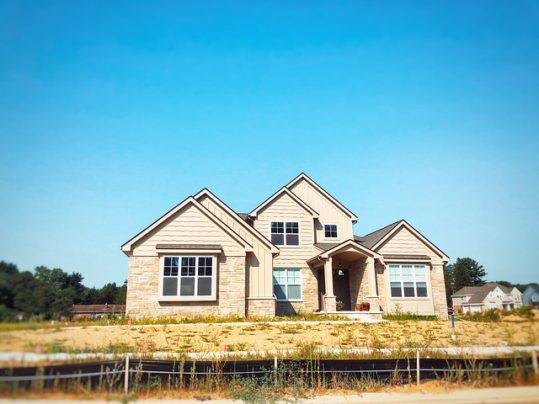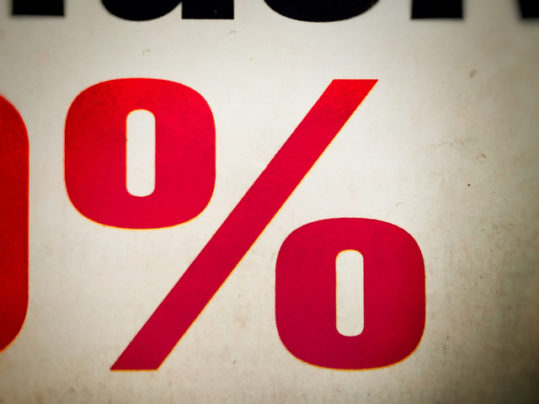Sales of previously owned homes continue to improve, according to new numbers from the National Association of Realtors. Their existing-home sales report shows sales rose another 2.4 percent in August and are now up 10.5 percent over last year at the same time. Lawrence Yun, NAR’s chief economist, says home buyers are back. “Home sales continue to amaze, and there are plenty of buyers in the pipeline ready to enter the market,” Yun said. “Further gains in sales are likely for the remainder of the year.” Yun says low mortgage rates and the job recovery are the primary factors driving the rebound. However, though buyers are back, housing inventory continues to lag. In fact, according to the report, it’s down another 0.7 percent and is now nearly 19 percent lower than last year. Because of the lack of available homes, those for sale are selling quickly. For example, in August, 69 percent of homes were on the market for less than a month. That means, buyers should be prepared to act fast, once they find a home they like. (source)
Existing Home Sales Up 10.5% Over Last Year











